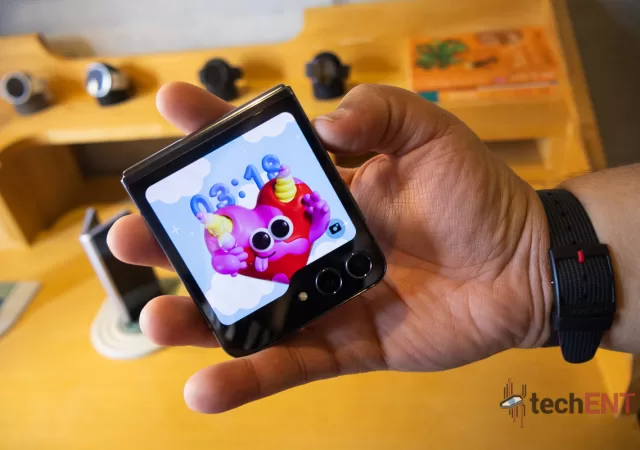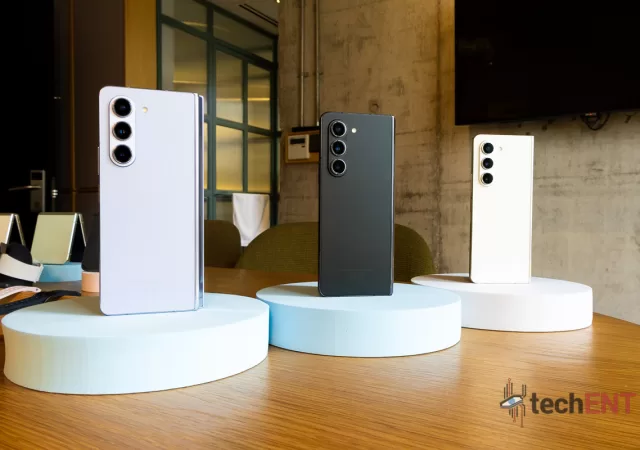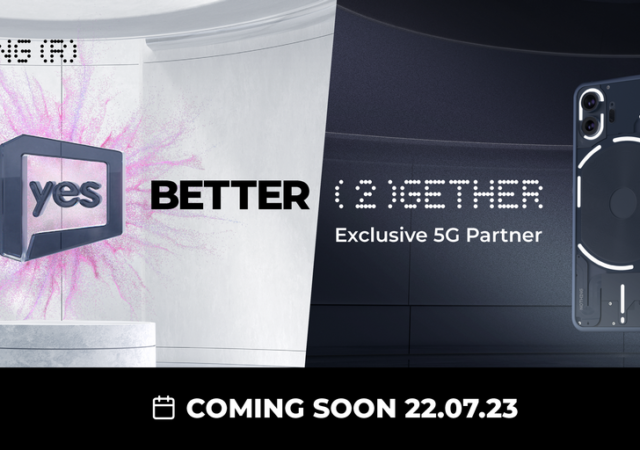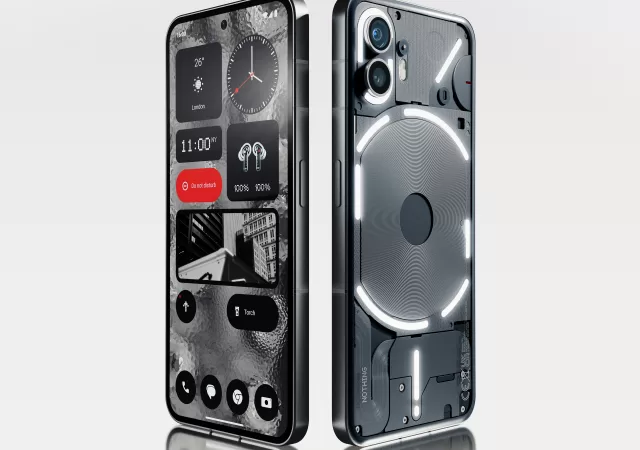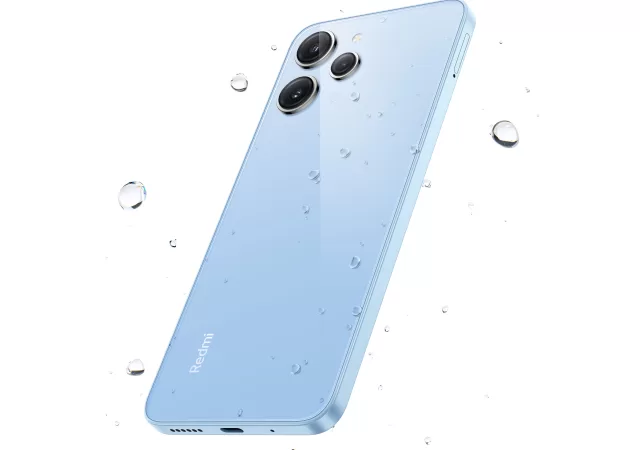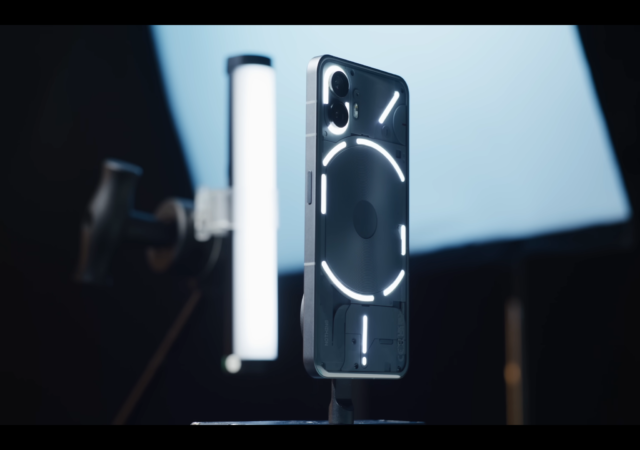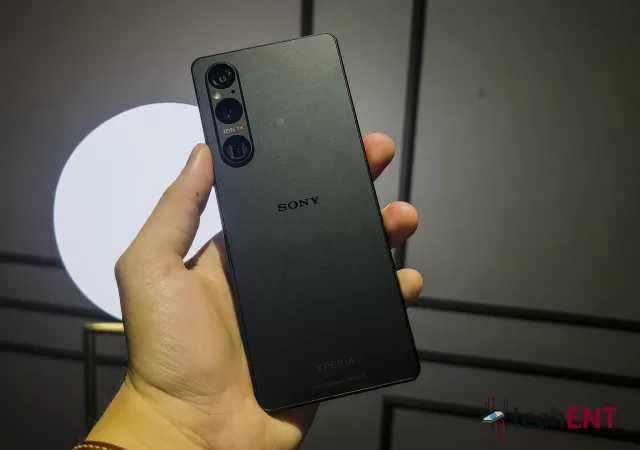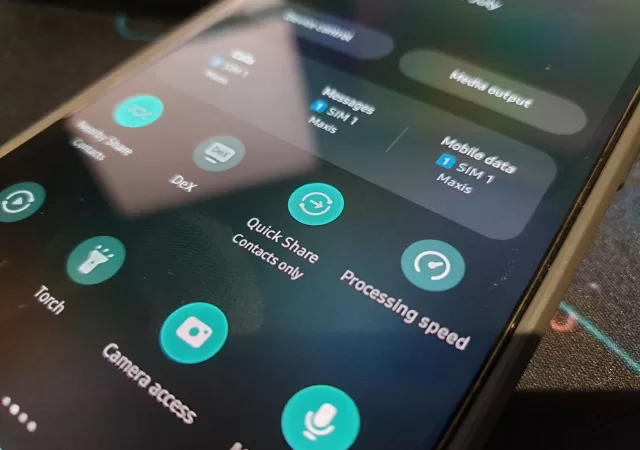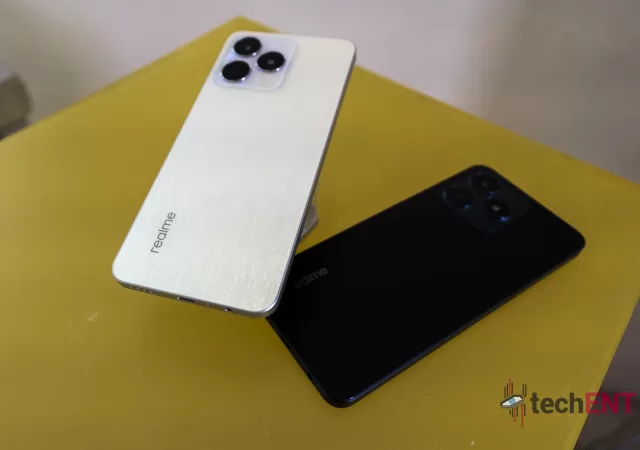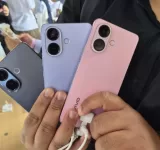Samsung unveils the new Galaxy Z Flip5 which brings many small improvements that look to change the user experience on the foldable.
Samsung’s New Galaxy Z Fold5 Is Built for Productivity with a Slimmer S Pen & Slimmer Silhouette
Samsung introduces the new Galaxy Fold5 which brings small but impactful changes that make the foldable tablet a more compelling piece of technology.
Android KitKat Takes Its Final Break as Google Play Officially Ends Support
Google’s dessert-themed Android update has become stale. Well, not really. It’s just that Google Play is officially ending support for devices running Android 4.4 KitKat. This doesn’t come out of the blue as Google has been actively retiring support for…
Yes 5G Better (2)gether with a Free Nothing Phone (2)
Yes 5G is bringing the Nothing Phone (2) to their subscribers for as little as MYR0 with their new Infinite+ Ultra plan!
Nothing Phone (2) has Launched – All-Around Better
Nothing launches their new flagship, the Nothing Phone (2) with powerful flagship class hardware and new Glyph Notification LEDs.
Xiaomi Redmi 12 is Launched in Malaysia at MYR 599 Onward!
Xiaomi launches the Redmi 12 in Malaysia for only MYR 599 with MediaTek Helio G88 SoC, 50MP camera, and 5,000mAh battery.
Nothing Phone (2) Drops on July 15 in Malaysia
Nothing is on a roll when it comes to teasing their upcoming Phone (2). Nothing’s founder, Carl Pei, has been dropping teasers for the Phone (2) on Twitter for over a month. Just last week, the company revealed the Phone…
Sony Xperia 1V is Now Available in Malaysia for MYR 6,399!
Sony brings their flagship Xperia 1V to Malaysia with the new Exmor T for smartphones camera sensor for MYR 6,399.
Samsung’s Quick Share App Goes to Other Windows Devices
Samsung has released their latest Quick Share update and made it available to other Windows OS devices to work with their Galaxy smartphones.
realme Launches the New C53 with 33W Charging for Only MYR 599!
realme launches their budget entry-level smartphone, the realme C53 with 50MP camera and 33W charging at MYR 599.



